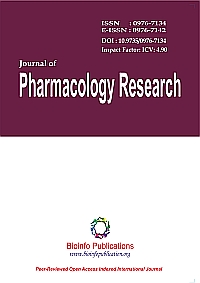
“Osteosarcoma is the most common primary malignant tumor of bone in children and adolescents.
Bortezomib (BTZ) is an approved anticancer drug, classified as a selective reversible inhibitor of the ubiquitin-dependent proteasome system, that leads to cancer cell cycle arrest and apoptosis reducing the invasion ability of Osteosarcoma cells in vitro. It also regulates the RANK/RANKL/OPG system, involved in the pathogenesis of bone tumors and in cell migration.
A side effect of BTZ is to induce painful sensory peripheral neuropathy which lead to cessation of therapy or dose reduction.
Recently BTZ has been evaluated in combination with Cannabinoids targeting CB1 receptor, demonstrating a promising synergic effect.
The Endocannabinoid/Endovanilloid (EC/EV) system includes two G protein-coupled receptors (CB1 and CB2), the Transient Potential Vanilloid 1 (TRPV1) channel and their endogenous ligands and enzymes.
CB1 and CB2 are expressed mainly in Central Nervous System and Immune Peripheral cells respectively. TRPV1 is also expressed in primary sensory neurons and is involved in pain modulation.
EC/EV system induces apoptosis, reduces invasion and cell proliferation in Osteosarcoma cell lines and is involved in bone metabolism.
We analyzed the effects of BTZ, alone and in combination with selective agonists at CB2 (JWH-133) and TRPV1 (RTX) receptors, in the Osteosarcoma cell line (HOS) on Apoptosis, Cell Cycle progression, migration and bone balance. We observed that the stimulation of CB2 and TRPV1 receptors increase the efficacy of BTZ in inducing apoptosis and reducing invasion, cell cycle progression and by modulating bone balance.
These data suggest the possibility to use BTZ, in combination with EC/EV agonists, in Osteosarcoma therapy reducing its dose and its side effects.”
https://www.ncbi.nlm.nih.gov/pubmed/30267762
https://www.sciencedirect.com/science/article/abs/pii/S1043661818310387







